Home>Furniture & Design>Bedroom Furniture>Which Side Of A Memory Foam Topper Goes Up
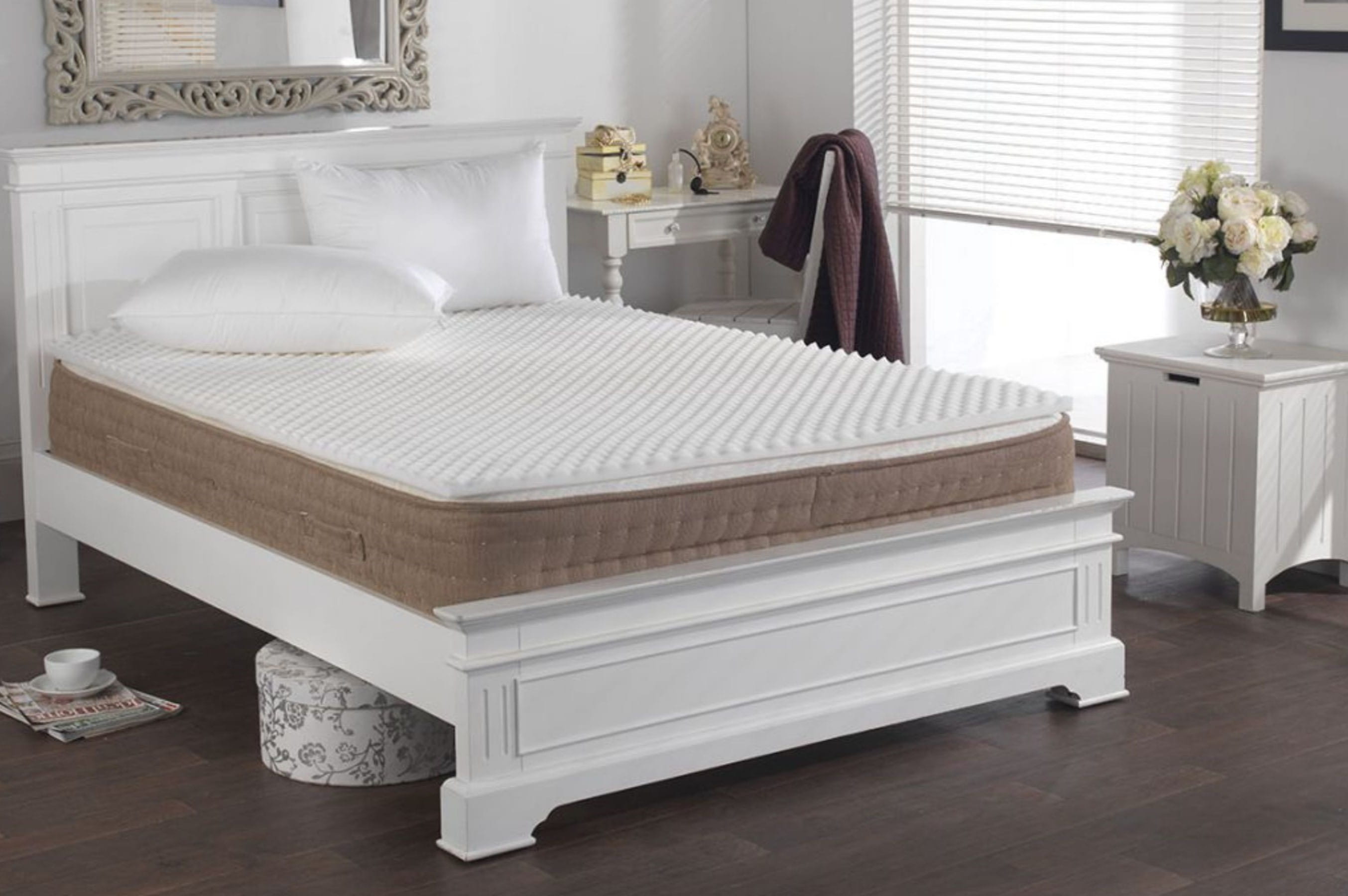

Bedroom Furniture
Which Side Of A Memory Foam Topper Goes Up
Published: January 9, 2024
Discover the correct way to position a memory foam topper for optimal comfort and support in your bedroom. Learn which side goes up for the best sleep experience.
(Many of the links in this article redirect to a specific reviewed product. Your purchase of these products through affiliate links helps to generate commission for Storables.com, at no extra cost. Learn more)
Introduction
Welcome to the world of memory foam toppers, where comfort meets innovation. If you’re looking to enhance the quality of your sleep or revamp the feel of your mattress, a memory foam topper is a fantastic option. However, before you dive into the realm of memory foam, you might have a burning question: “Which side of a memory foam topper goes up?” Let’s embark on a journey to unravel the mysteries of memory foam toppers and find the answer to this common query.
As we delve into the intricacies of memory foam toppers, we’ll explore their composition, the significance of their orientation, and the myriad benefits they offer. By the end of this adventure, you’ll be equipped with the knowledge to optimize your sleep sanctuary and make the most of your memory foam topper.
Key Takeaways:
- Enhance your sleep with a memory foam topper by placing the textured side up for better airflow and the smooth side down for stability. Enjoy personalized comfort and support for a rejuvenating sleep experience!
- Memory foam toppers offer customizable firmness, temperature regulation, and motion isolation, transforming your mattress without the expense of a new bed. Embrace the comfort and support they bring to optimize your sleep sanctuary!
Read more: Which Side Of A Mattress Topper Goes Up
Understanding Memory Foam Toppers
Before determining which side of a memory foam topper goes up, it’s essential to comprehend the nature of this remarkable bedding accessory. Memory foam toppers are crafted from viscoelastic foam, a material renowned for its ability to contour to the body’s shape and distribute weight evenly. This unique feature provides exceptional support and comfort, making memory foam toppers a popular choice for individuals seeking to enhance the feel of their mattress.
When you lay on a memory foam topper, the material responds to your body heat, softening and molding to your contours. This results in a custom-fit sleeping surface that alleviates pressure points and promotes proper spinal alignment. Additionally, memory foam has the remarkable capacity to absorb movement, reducing disturbances caused by a restless sleep partner.
Memory foam toppers are available in various thicknesses, ranging from 2 to 4 inches or more. The thickness you choose can significantly impact the feel of your mattress. Thicker toppers provide deeper cushioning and are ideal for individuals seeking a plush, cloud-like sleeping experience. On the other hand, thinner toppers offer a subtle layer of comfort and support, making them suitable for those who prefer a slightly firmer surface.
Furthermore, memory foam toppers come in different densities, typically categorized as low, medium, and high. The density affects the topper’s firmness and durability. A higher density indicates firmer foam that is more resilient to wear and tear, while lower density foam provides a softer, more plush feel. Understanding these variations allows you to select a memory foam topper that aligns with your specific comfort preferences and support needs.
Now that we’ve gained insight into the composition and characteristics of memory foam toppers, let’s unravel the mystery of which side goes up.
Identifying the Top and Bottom
When it comes to memory foam toppers, determining the correct orientation is pivotal for optimizing their performance and comfort. While memory foam toppers may initially appear symmetrical, they are designed with distinct top and bottom surfaces, each serving a specific purpose.
Typically, the top side of a memory foam topper is the one that features a slightly textured or convoluted surface. This design is intended to enhance airflow and promote breathability, allowing heat to dissipate and ensuring a cooler sleep environment. The convoluted surface, often referred to as an “egg crate” design, is strategically crafted to provide ventilation and prevent the buildup of heat and moisture, thereby contributing to a more restful and comfortable sleep experience.
On the other hand, the bottom side of the memory foam topper is usually smooth and flat. This side is meant to be placed against the mattress, providing a stable foundation for the topper and preventing it from shifting or sliding during use. Placing the smooth side against the mattress also facilitates optimal weight distribution and ensures that the topper remains securely in place, minimizing the need for constant readjustment.
When positioning the memory foam topper on your mattress, it’s important to ensure that the convoluted, textured side is facing upwards, towards you, while the smooth side is in contact with the mattress surface. This configuration maximizes the topper’s breathability and comfort, allowing you to reap the full benefits of its pressure-relieving properties and body-contouring support.
By correctly identifying the top and bottom of your memory foam topper and aligning it with your mattress in the prescribed manner, you can optimize its performance and enjoy a rejuvenating and restorative sleep experience.
The flat side of a memory foam topper goes up, while the textured or egg crate side goes down to provide better support and airflow.
Benefits of Using Memory Foam Toppers
Embracing a memory foam topper can revolutionize your sleep environment and elevate your overall well-being. The decision to incorporate a memory foam topper into your bedding ensemble brings forth an array of compelling benefits that cater to both physical comfort and sleep quality.
Enhanced Comfort: By adding a layer of memory foam to your mattress, you introduce a plush and supportive surface that conforms to your body’s contours, providing personalized comfort and alleviating pressure points. This can significantly enhance your overall sleep experience, allowing you to wake up feeling refreshed and invigorated.
Improved Support: Memory foam toppers are designed to distribute body weight evenly, promoting proper spinal alignment and reducing strain on pressure points. This can be particularly beneficial for individuals with back pain or those seeking additional support during sleep.
Temperature Regulation: The convoluted, textured surface of memory foam toppers facilitates airflow and heat dissipation, contributing to a cooler and more comfortable sleep environment. This can be especially advantageous for individuals who tend to sleep hot or experience night sweats.
Motion Isolation: Memory foam’s ability to absorb and minimize motion transfer can significantly reduce disturbances caused by a restless sleep partner, allowing for uninterrupted and restful sleep.
Extended Mattress Lifespan: By providing an additional layer of cushioning and protection, memory foam toppers can help preserve the integrity of your mattress, potentially extending its longevity and delaying the need for a new mattress purchase.
Customizable Firmness: Toppers are available in various thicknesses and densities, allowing you to customize the firmness and feel of your mattress to suit your preferences and support needs.
Cost-Effective Solution: Investing in a memory foam topper can offer an affordable alternative to replacing an entire mattress, providing an opportunity to enhance comfort and support without the expense of a new bed.
By embracing the myriad benefits of memory foam toppers, you can transform your sleep environment into a haven of comfort, support, and rejuvenation. The integration of a memory foam topper can enhance the quality of your sleep, alleviate discomfort, and contribute to an overall sense of well-being.
Conclusion
As we conclude our exploration of memory foam toppers, it’s evident that these innovative bedding accessories offer a multitude of benefits and can significantly enhance the quality of your sleep. From their unique ability to conform to your body’s contours to their capacity for temperature regulation and motion isolation, memory foam toppers have earned their status as a popular choice for individuals seeking to optimize their sleep environment.
When it comes to the pressing question of which side of a memory foam topper goes up, the answer lies in understanding the purpose of each surface. By identifying the convoluted, textured side as the top and ensuring that it faces upwards, towards you, while the smooth side rests against the mattress, you can maximize the topper’s breathability and comfort, allowing you to reap its full range of benefits.
Whether you’re seeking enhanced comfort, improved support, or a cost-effective solution to revitalize your mattress, memory foam toppers offer a versatile and practical means of elevating your sleep experience. Their customizable firmness, temperature-regulating properties, and motion isolation capabilities make them a valuable addition to any sleep sanctuary.
As you embark on your journey to optimize your sleep environment, consider the remarkable advantages that memory foam toppers bring to the table. With their ability to transform the feel of your mattress, alleviate pressure points, and promote restful sleep, memory foam toppers stand as a testament to the enduring innovation and comfort that define the world of bedding and design.
So, the next time you ponder the question of which side of a memory foam topper goes up, remember that the answer lies in unlocking the full potential of this remarkable bedding accessory and embracing the comfort and support it has to offer.
Frequently Asked Questions about Which Side Of A Memory Foam Topper Goes Up
Was this page helpful?
At Storables.com, we guarantee accurate and reliable information. Our content, validated by Expert Board Contributors, is crafted following stringent Editorial Policies. We're committed to providing you with well-researched, expert-backed insights for all your informational needs.
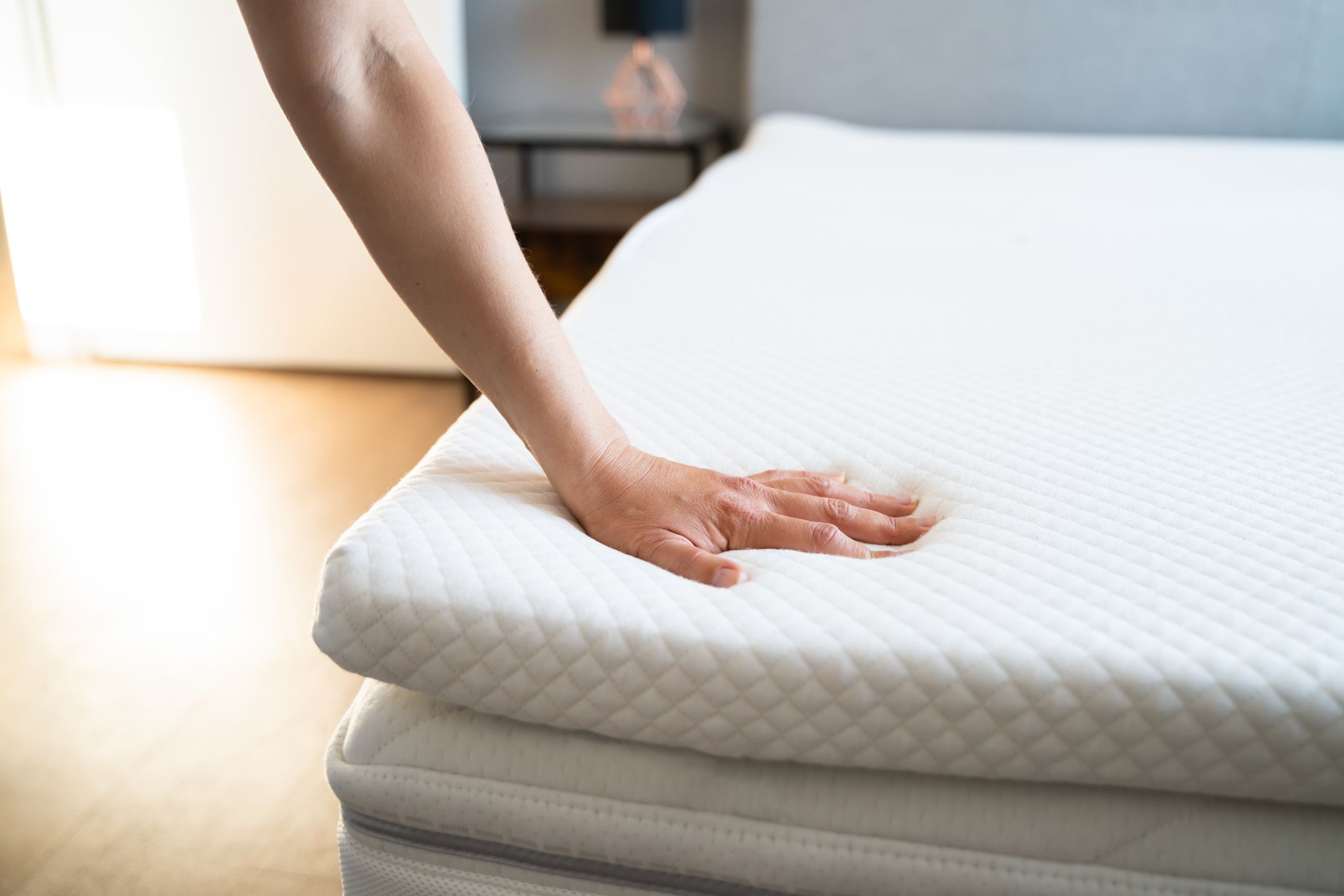
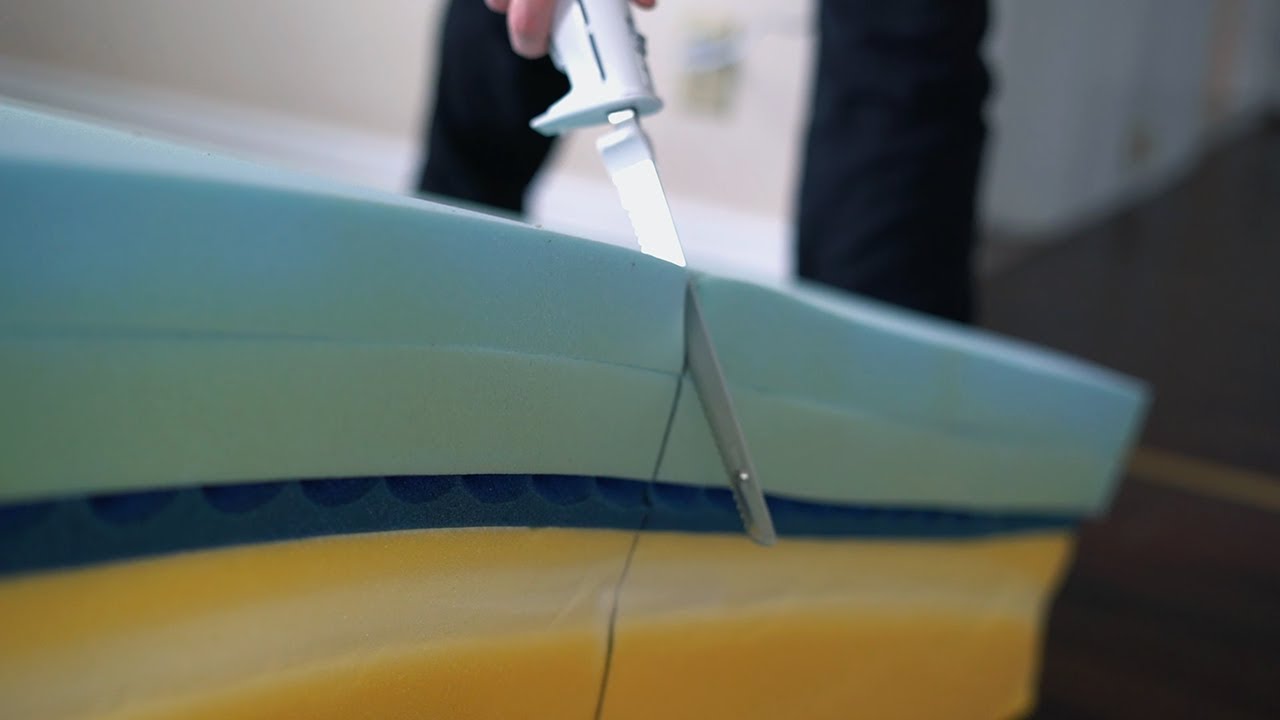
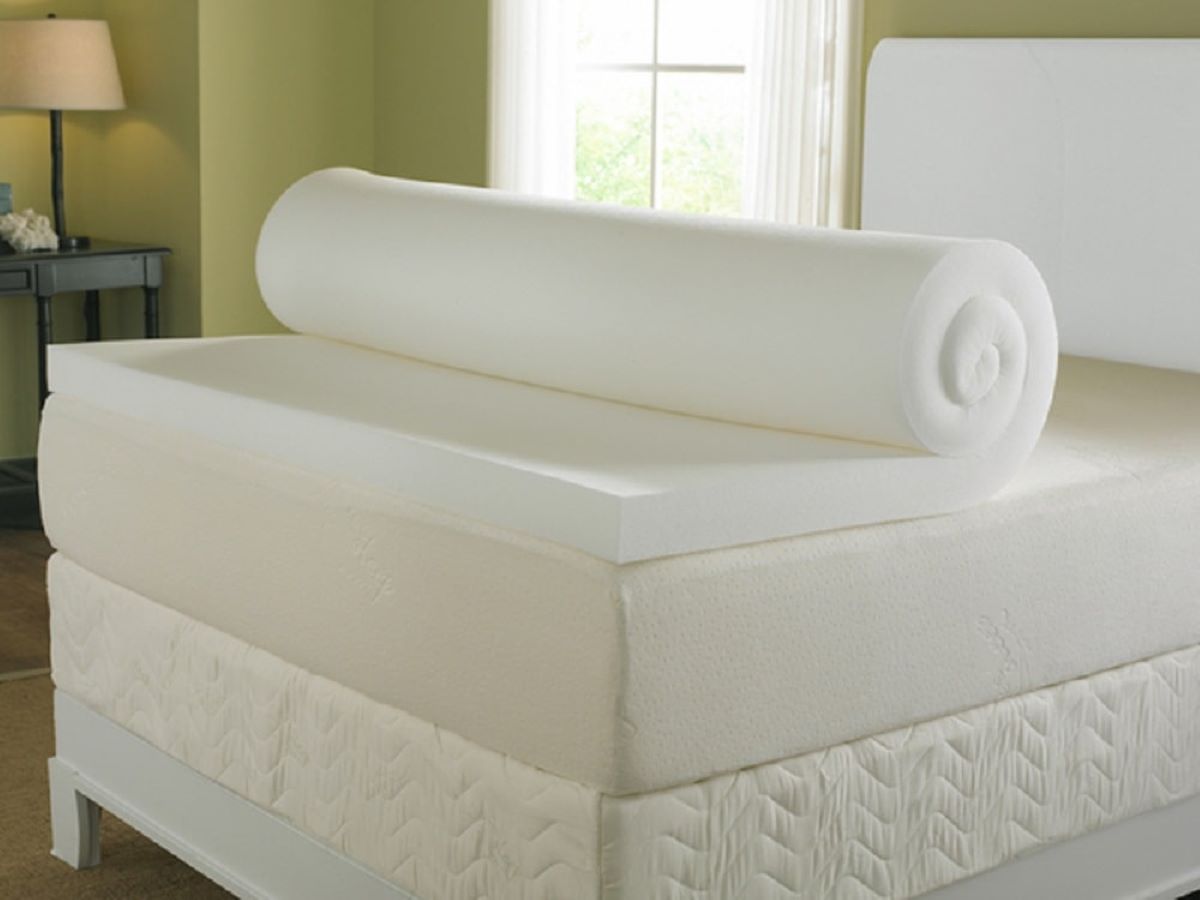
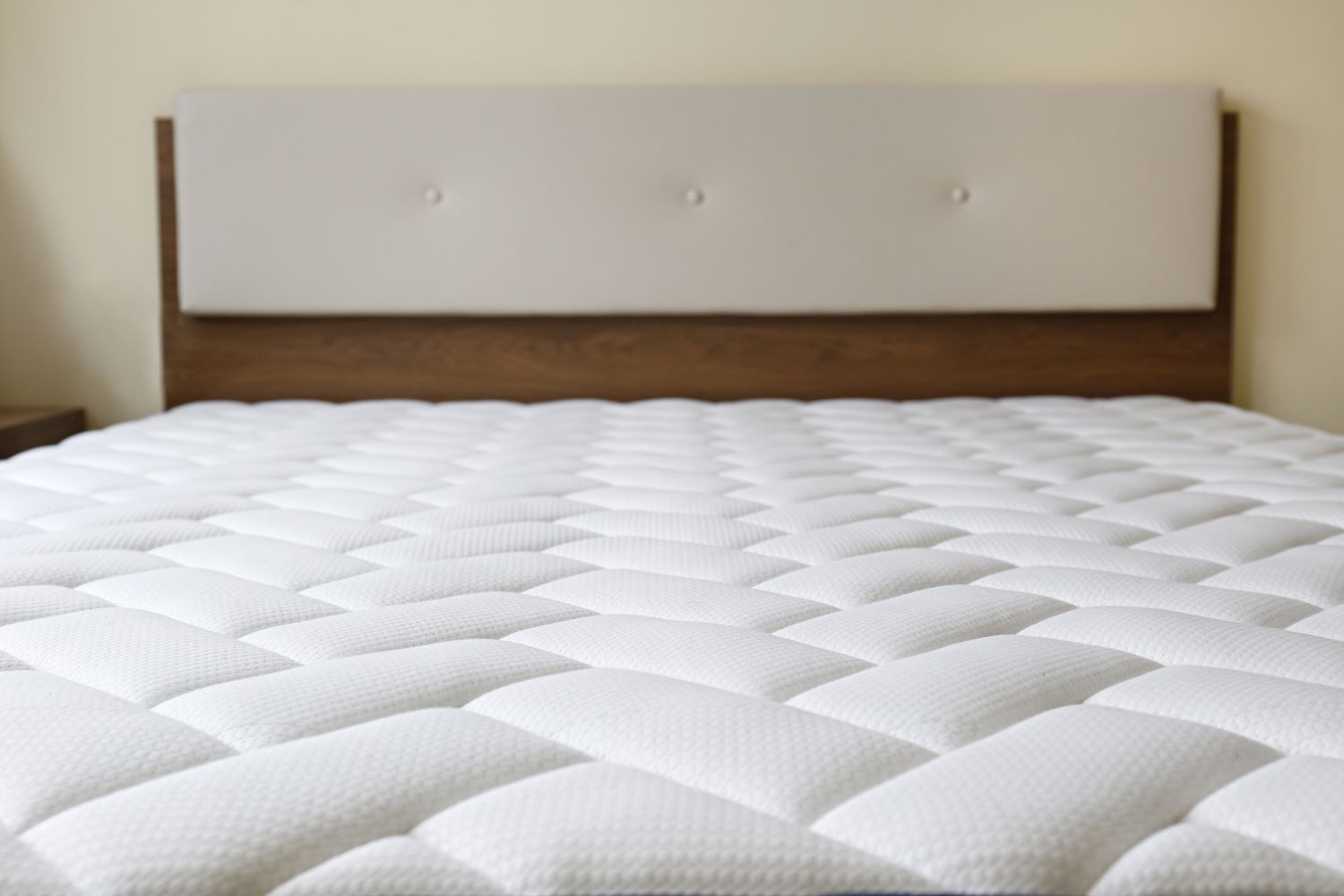
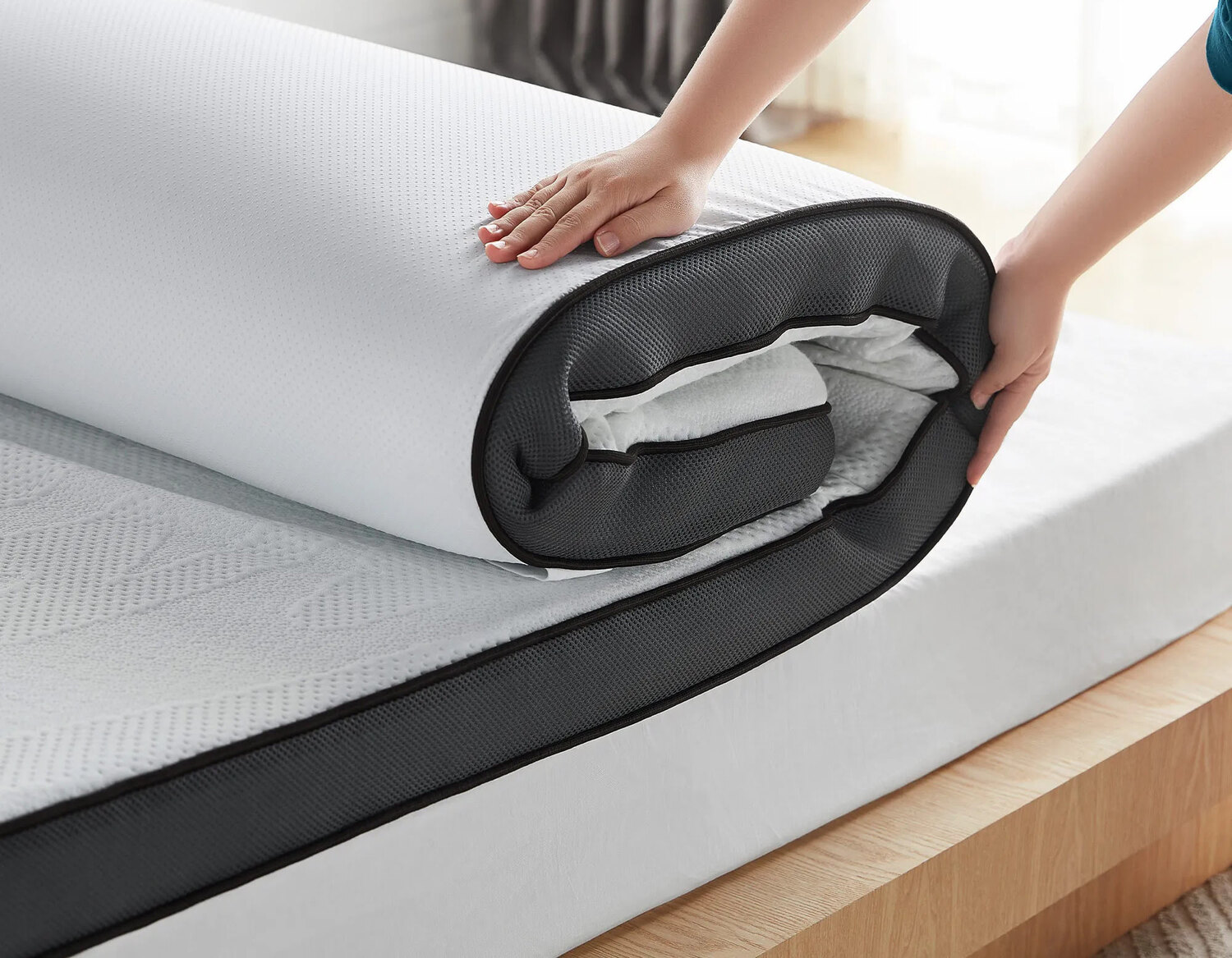
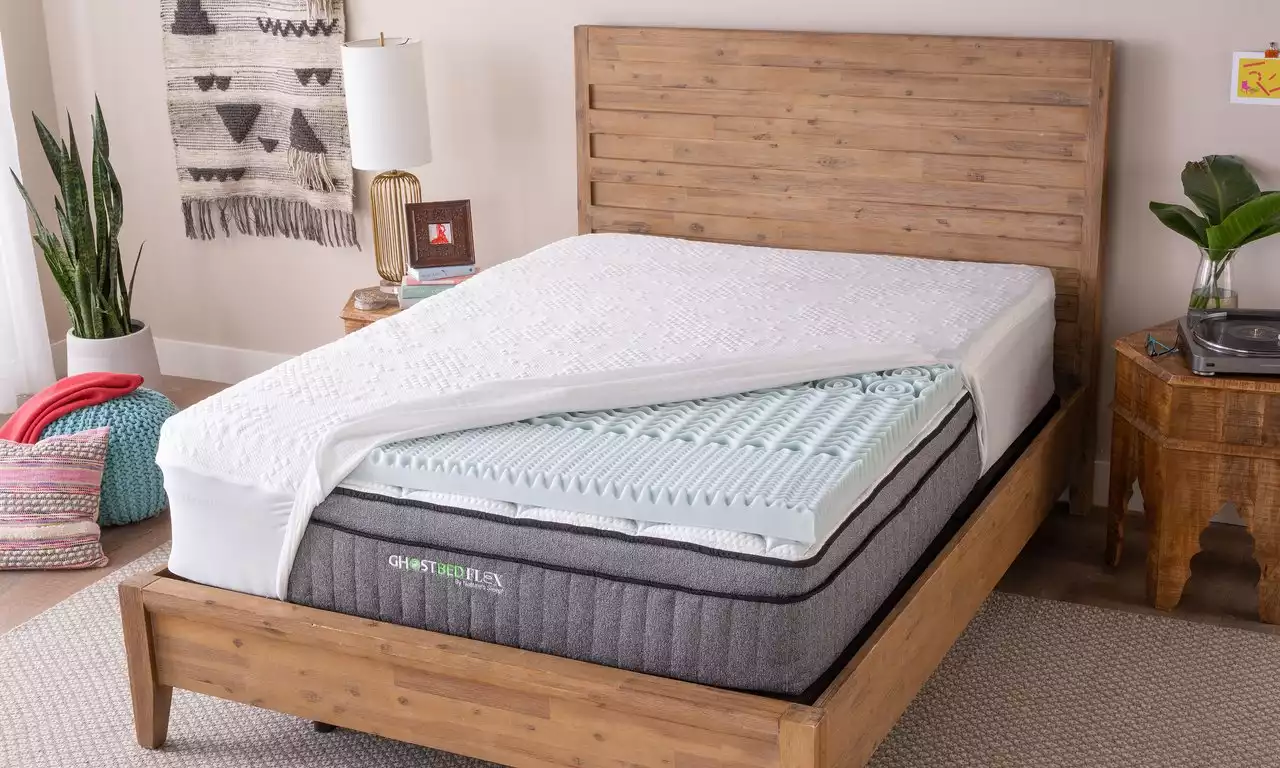
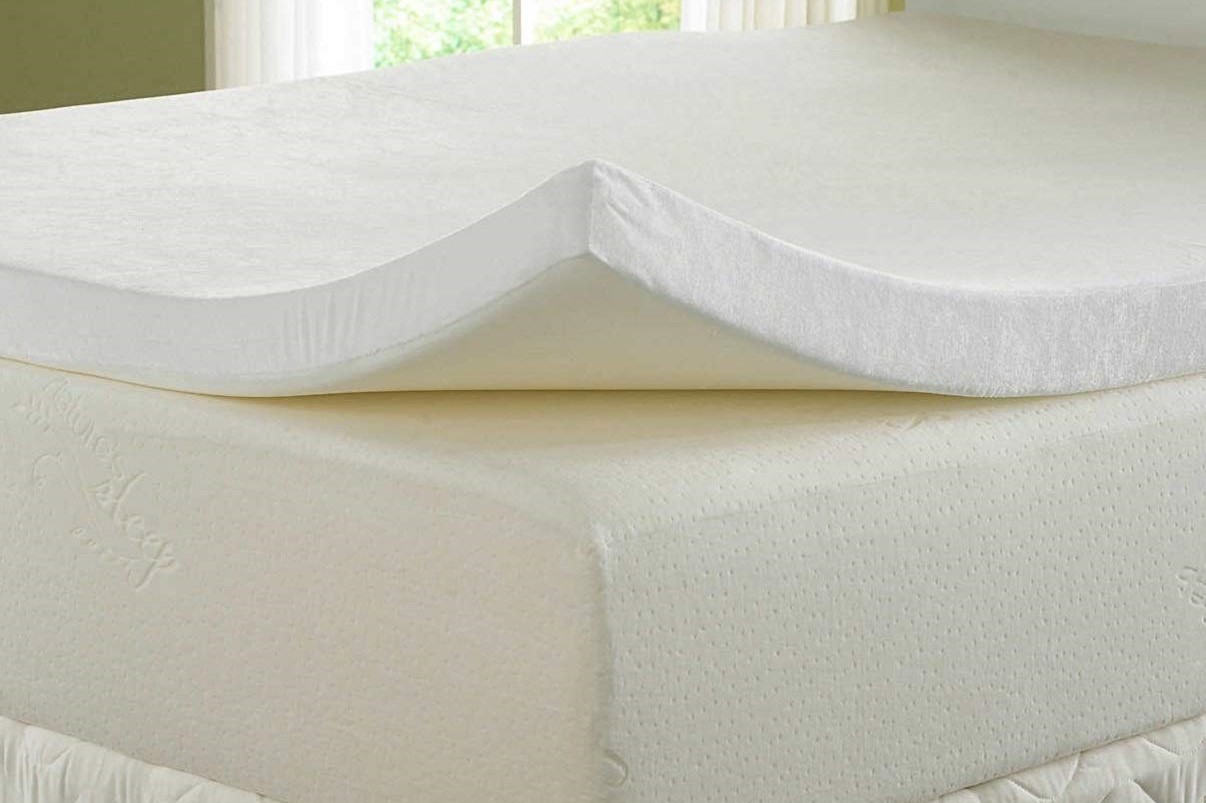
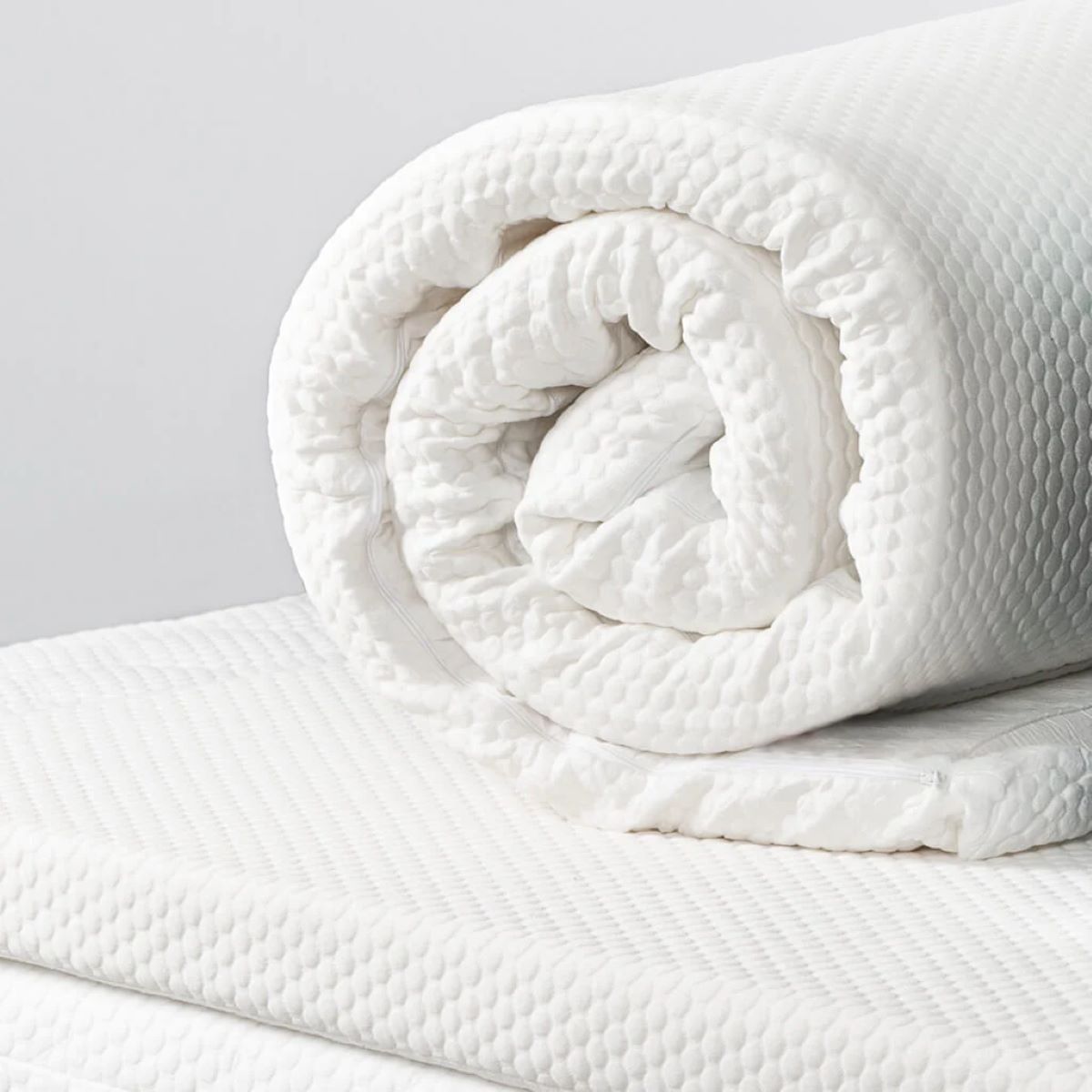
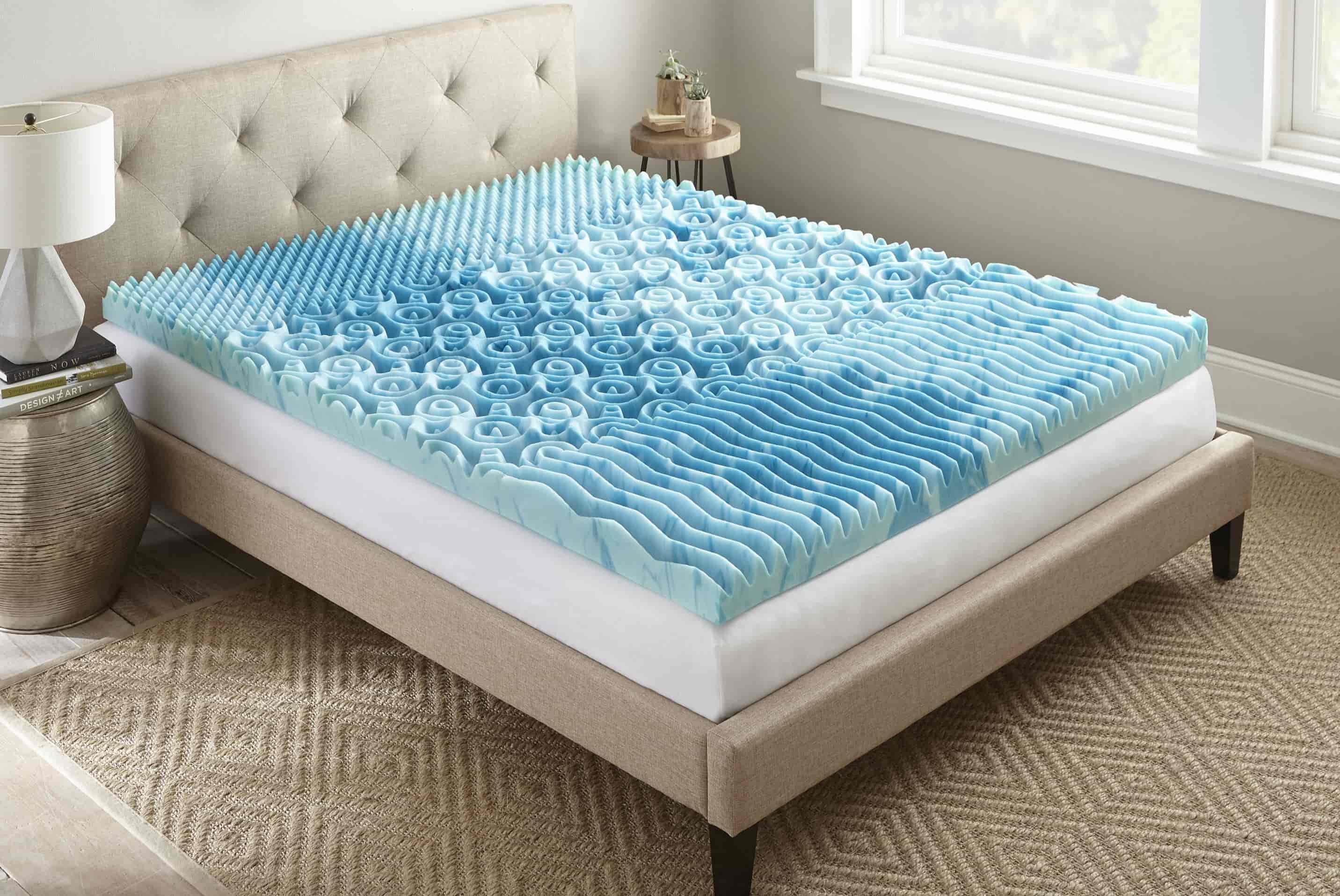
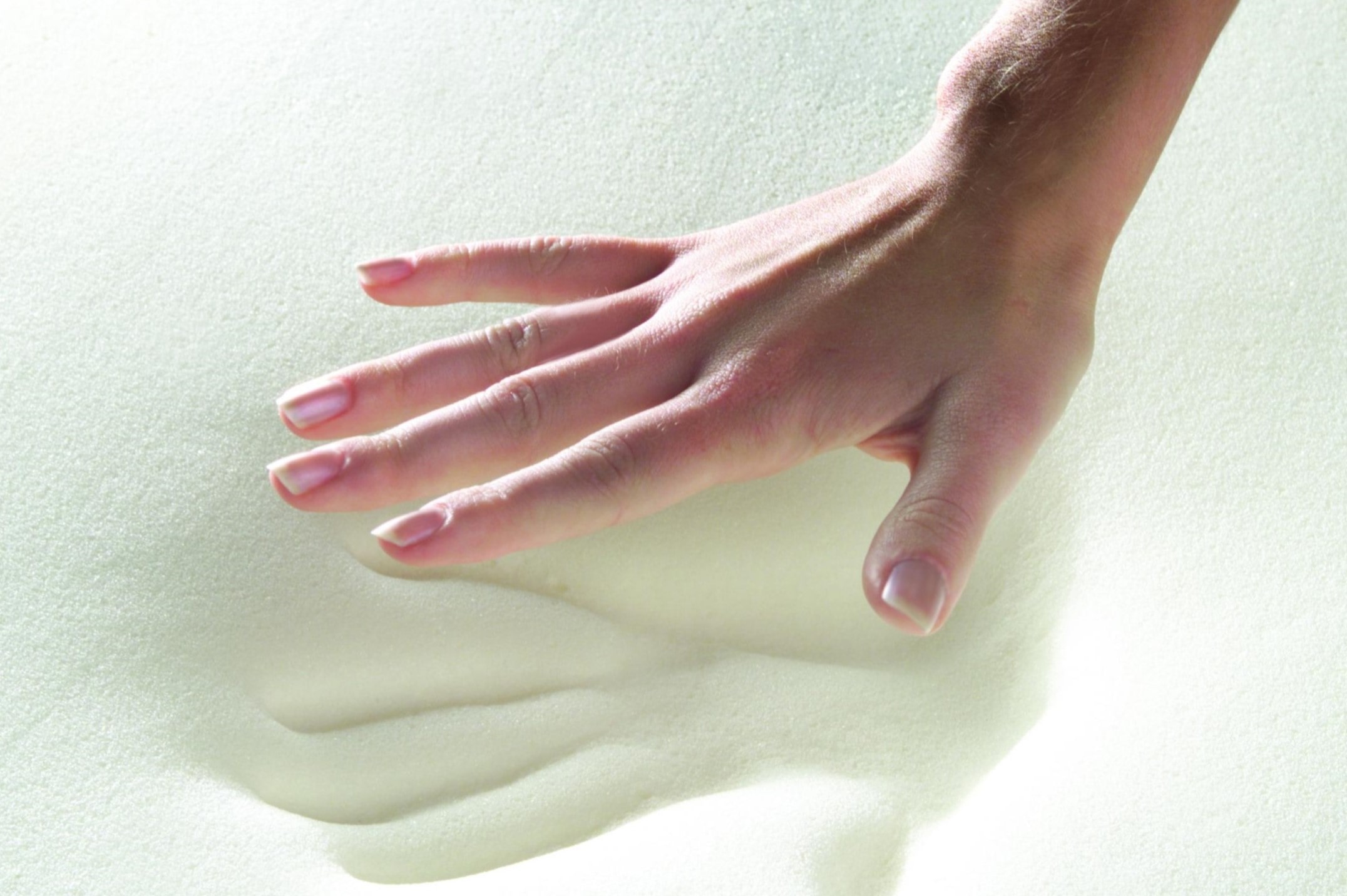
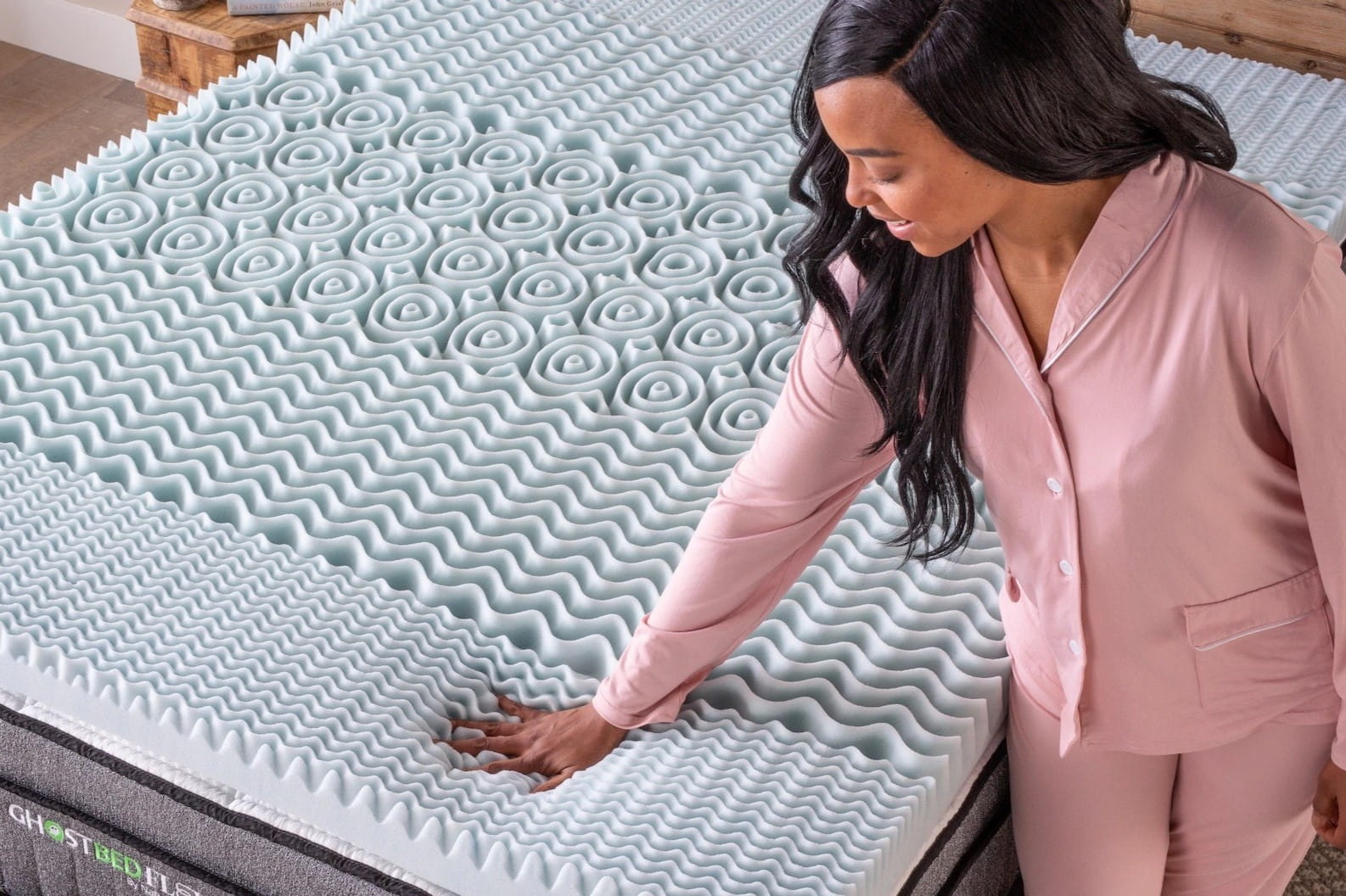
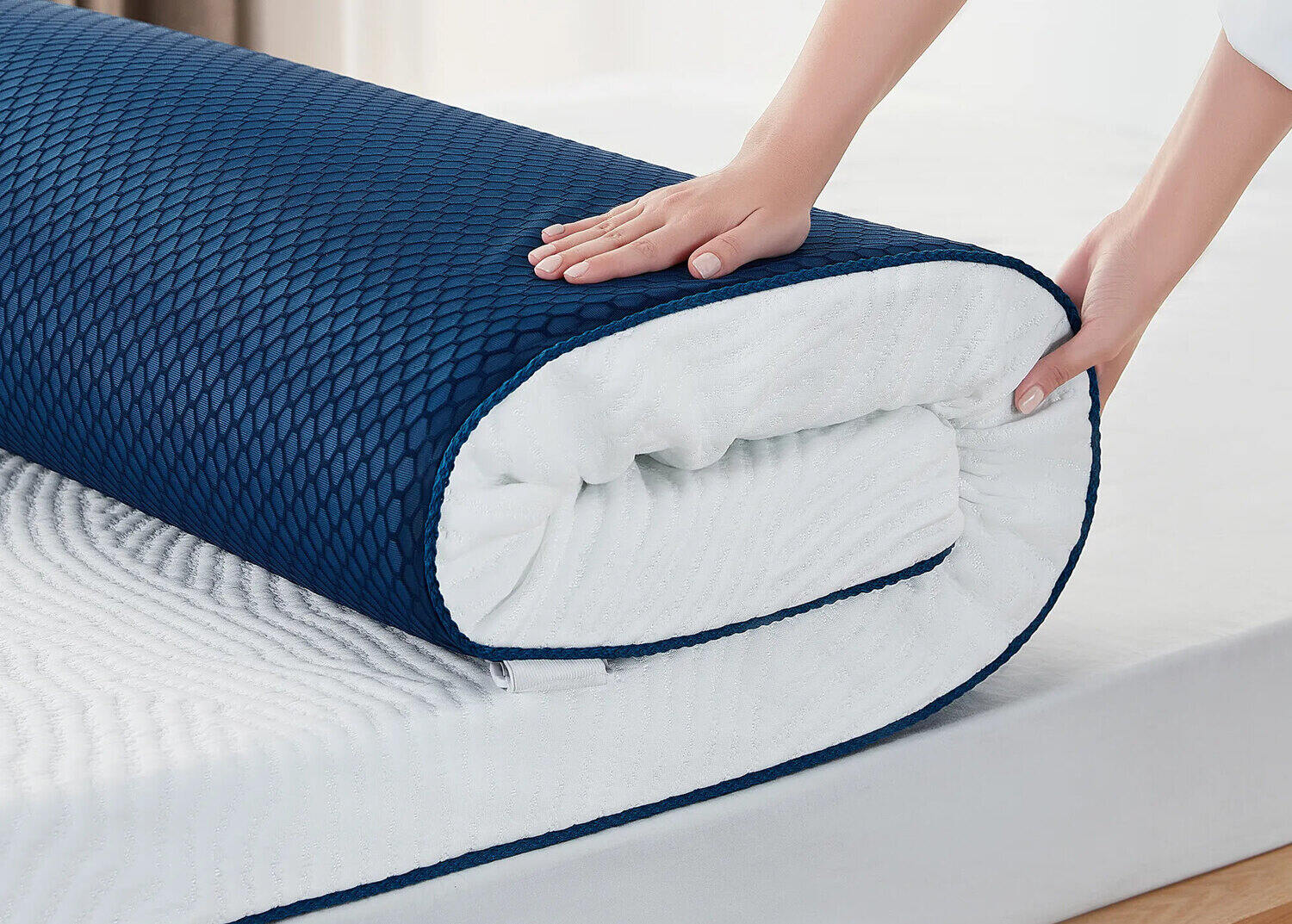
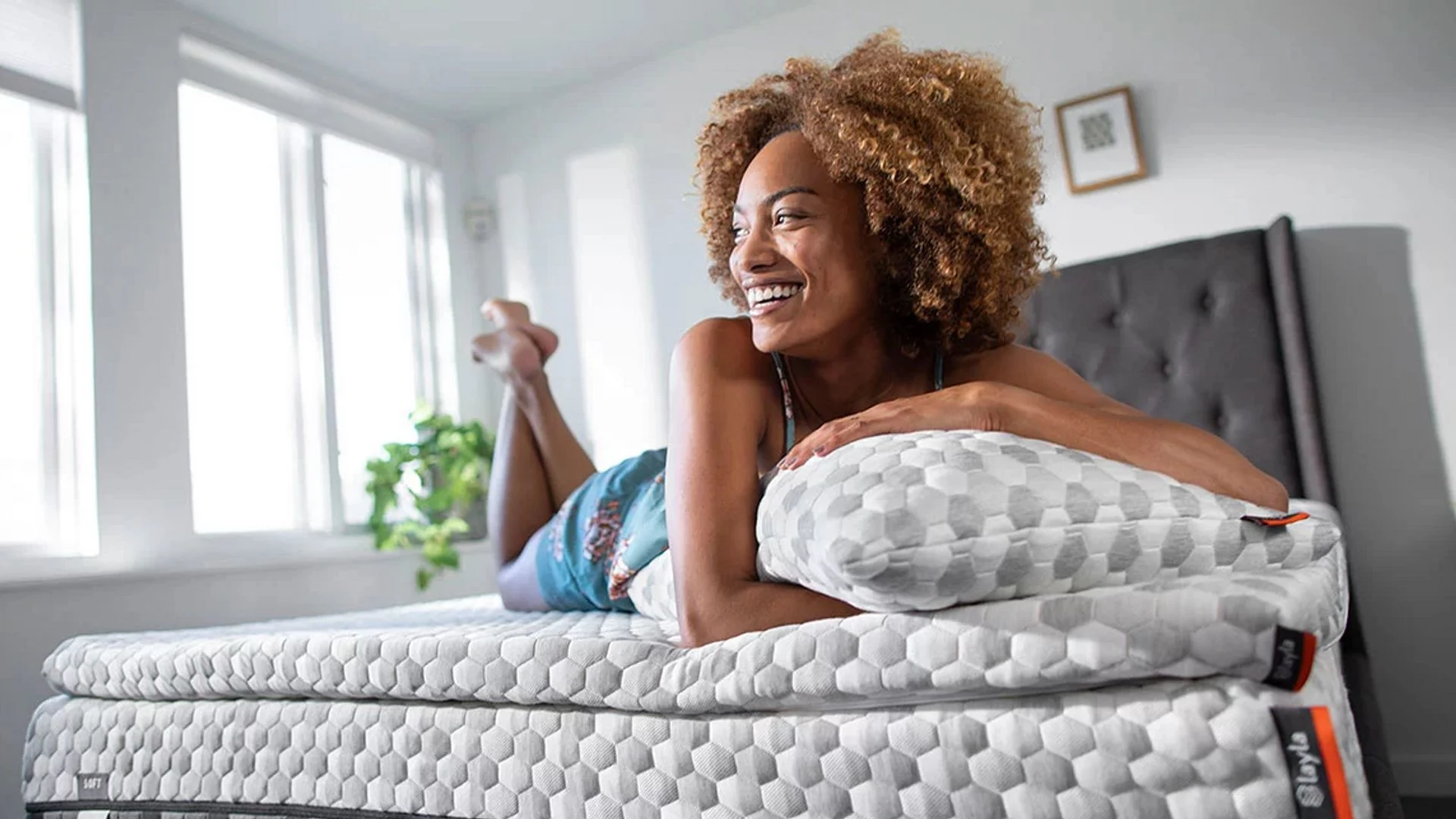
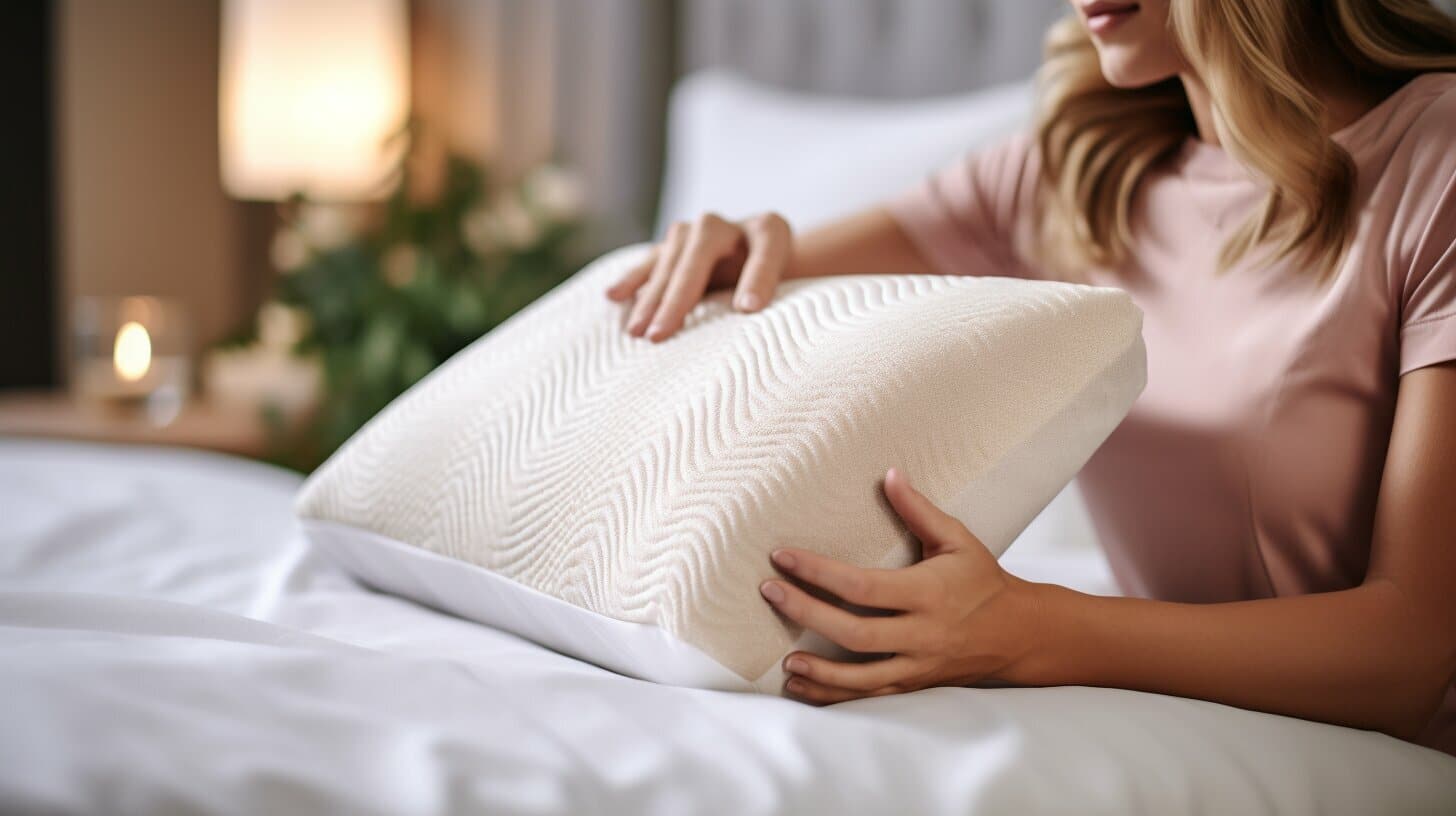
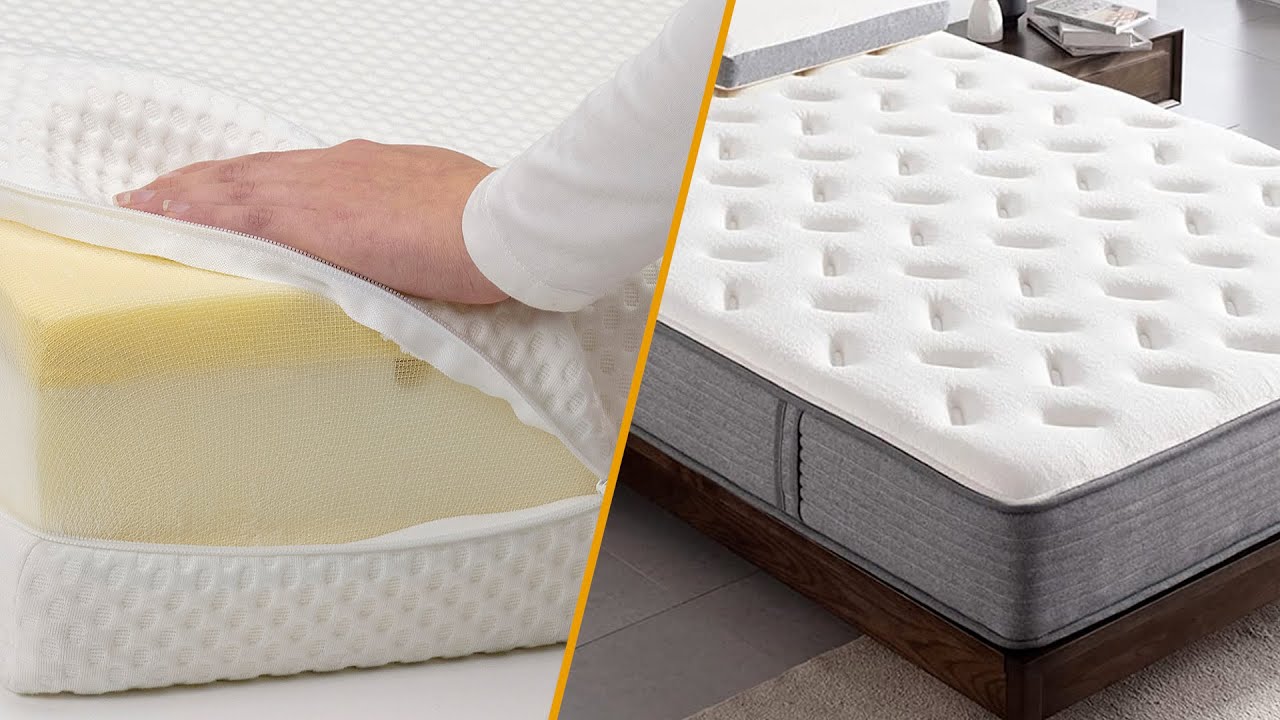

0 thoughts on “Which Side Of A Memory Foam Topper Goes Up”